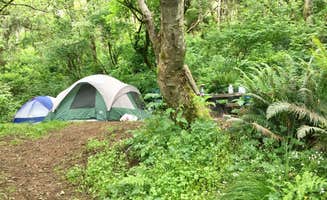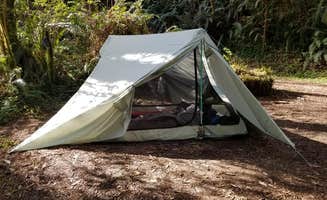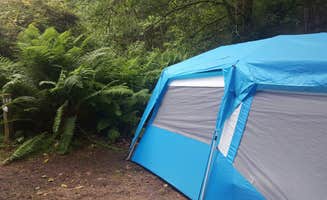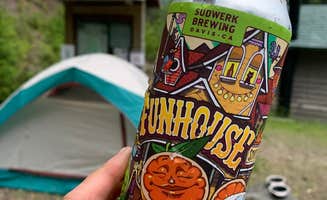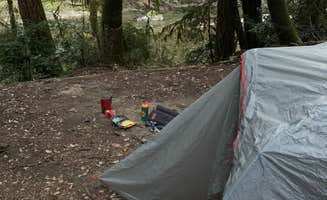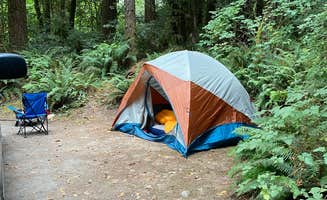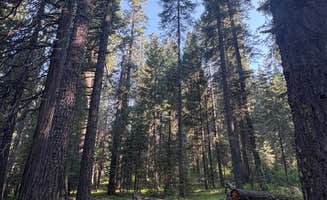Best Tent Camping near Redwood National Park
Redwood National Park offers several tent-focused backcountry options where campers sleep among the towering ancient forest. Flint Ridge Backcountry Site stands as one of the park's signature primitive tent camping areas, located along the coastal section with a short quarter-mile hike from the parking area to designated tent sites. Other options include Sand Camp, a dispersed tent camping location near the Smith River, and Elam Backcountry Camp, which requires hikers to trek in from the Orick Horse Trail Trailhead.
Tent sites throughout the area provide varying levels of amenities, with most backcountry locations offering basic facilities like picnic tables and vault toilets but requiring campers to pack in water. Most primitive tent setups in the park require permits, which are available at no cost for locations like Flint Ridge. A camper noted that "we were pleasantly surprised that our free campsite provided so much for us," highlighting the value despite the rustic conditions. Fire regulations vary by location and season, with some backcountry tent areas prohibiting fires entirely. Bear-resistant food storage is necessary at all tent camping locations, with some sites providing bear lockers while others require campers to bring bear canisters.
Dense vegetation surrounds many tent campsites, creating natural privacy screens between sites. At Flint Ridge, "the campsites are relatively spread apart for privacy," according to a visitor who stayed there in 2023. The Smith River National Recreation Area provides additional tent camping opportunities with beautiful river access, clear swimming holes, and sandy beaches for tent placement. Many backcountry tent sites offer unique coastal or forest views unavailable to drive-up campers. Overnight parking requires vigilance, as some tent camping areas post warnings about vehicle break-ins. Walk-in sites typically require short hikes of 100-250 yards from parking areas, making compact tent setups advantageous. Tent campers should note that seasonal changes affect site conditions, with some locations reporting significant vegetation growth including poison ivy during summer months.


